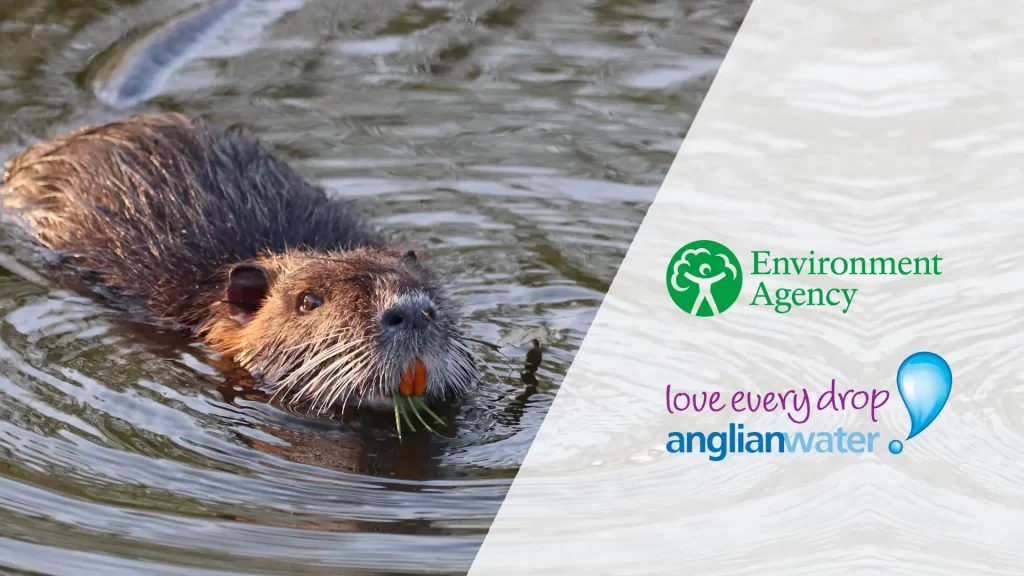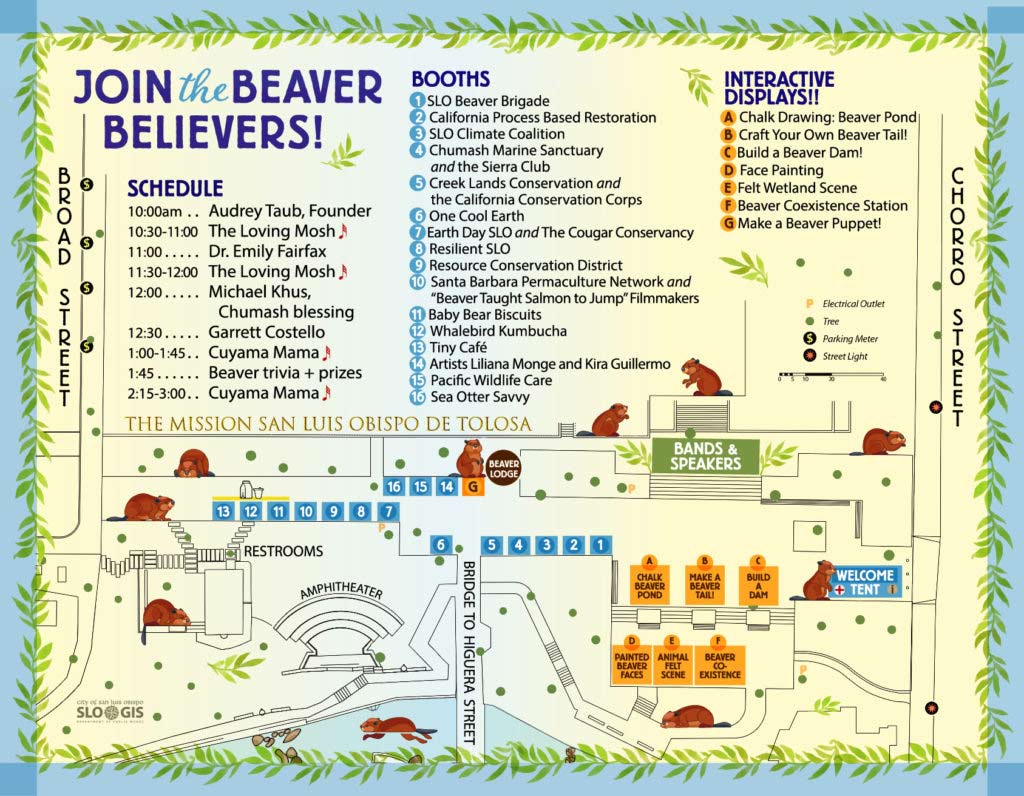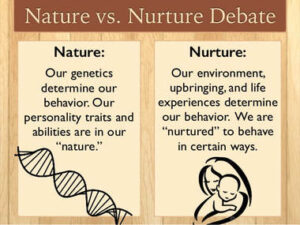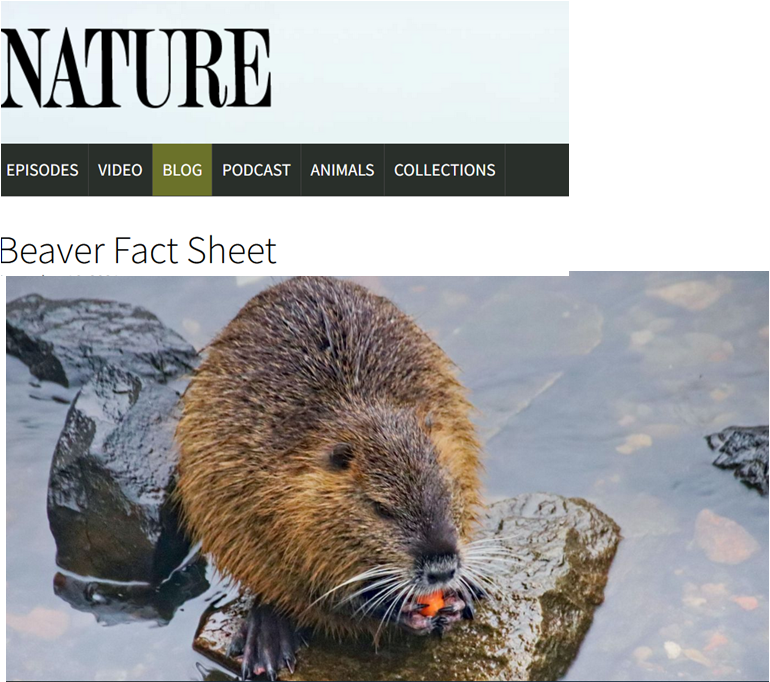 And don’t fall for this impersonator either!
And don’t fall for this impersonator either!
It’s a photo of one of those darn nutria that stick their noses where they don’t belong and do bad things that we would never do! I reported the culprit to Cambridge Filmworks so hopefully they’ll find a beautiful shot of one our European cousins to replace the sneaky varmint’s mugshot. Cambridge Filmworks did do a nice job of documenting a flood mitigation project that our kind is very skilled at! Check out the video.
Beavers to Help Protect Villages from Flooding from Cambridge Filmworks on Vimeo.
Two new “dam” good beaver enclosures to be built thanks to funding from Environmental partnership.
A Eurasian beaver family will be getting new neighbours to help protect an additional stretch of Finchingfield Brook. The Essex project is to build two, new, 50-acre enclosures in preparation for more beaver families. The new arrivals will extend the amazing work of their cousins, introduced to the Estate in 2019, who have already transformed a woodland into a thriving wetland. The unprecedented £350,000 scale-up is jointly supported by Anglian Water, the Environment Agency, the Anglian Eastern Regional Flood and Coastal Committee (RFCC), Essex County Council and Essex and Suffolk Water in an innovative partnership funding approach.
The two new enclosures, along the Finchingfield Brook, will measure 1.9km long cover 40 hectares (100 acres), 10 times the size of the original enclosure, which was built in 2019. Preparations for the project are already underway with two new beaver families expected to be re-introduced in Spring 2023.
Archie Ruggles-Brise, Spains Hall Estate manager said:
“The chance to bring more natural engineering skills to the estate is beyond exciting. Since 2019 we’ve seen what beavers can do to reduce flood risk, increase drought resilience, clean water and create year-round habitat for wildlife. Now, thanks to the incredible support of our partners, we can supersize these benefits.
“With a massive new area to work in the beavers will help make the Finchingfield area more able to weather the changes climate change will bring, and all the while providing inspiration and experience that others can use elsewhere. For the estate this means we can keep pushing the boundaries of what can be done on private land, if you are willing to be open about working with others and offer a compelling vision.”
Acting as nature’s engineers, the beavers have helped to completely transform the landscape around them. The dams have played a crucial role in reducing flood risk in the area by slowing down the river flow and channelling it through new channels and wetlands.
Throughout this year’s drought, the dams also helped the river flows by slowly releasing retained water, helping to protect local wildlife. We hope these new beavers settle in and breed as successfully as the original pair, who produced three sets of kits.”
Environment Agency lead on the project Matt Butcher said:
“It’s great to see this project go from strength to strength providing real benefits to the local environment and community.“The beavers have shown what effective flood engineers they are in the past few years and it’ll be great to extend this to a wider area.”
Dr Robin Price, Director of Quality and Environment for Anglian Water said:
“The effects of climate change including the risk of drought and flooding are felt more keenly in the East of England more than anywhere else in the UK. We need to find new and better ways of dealing with the challenges they bring while continuing to protect homes and businesses– and what better way to approach the problem of flooding here in Finchingfield than this wonderful, nature-based solution.“Restoring natural habitat in such a purposeful way is also at the heart of Anglian Water’s Get River Positive commitment and we are proud to be supporting the next stage of Archie’s vision for Spains Hall Estate.”
Cllr Peter Schwier, Climate Czar at Essex County Council said:
“Essex County Council has been involved in the Essex Beaver project from the very beginning, providing administrative assistance and advice on water courses, so we are very pleased this project is proving so successful.“Our work with all partners involved in this project means we are improving space and habitat for wildlife, while at the same time the work of the beavers is mitigating flooding, two of the key priorities contained in the Everyone’s Essex Green Infrastructure Strategy.
“Beavers are productive and useful and an honour to have in the beautiful Essex countryside.”
Richard Powell, Chair of the Regional Flood and Coastal Committee said:
“We are once again delighted to be part of the estate’s work, using flood risk funding to deliver nature based solutions is in all our interests. This project will deliver so much more than reduced flooding, creating invaluable wetland habitat as an oasis in the East Anglian landscape.”
Tom Harris, Catchment Advisor at Essex & Suffolk Water said:
“We’re delighted to be able to support the next phase of this exciting project, expanding significantly on the good work that the beavers have already carried out, turning their areas of the Estate into wild wetlands – providing huge benefits for biodiversity as well as slowing the flow in the catchment.
“Having the Spain’s Hall estate situated in one of our key raw water catchments has given us a fantastic opportunity to develop our ongoing work with catchment landowners, bringing multiple benefits for water quality, the local environment and their businesses. We are truly looking forward to the continuation of our partnership with the fantastic team at Spains Hall.”
To find out more about this fantastic project, please visit: Anglian Water
 Again, April Fools’ Day IS the day for the FIRST ANNUAL SLO COUNTY BEAVER FESTIVAL! So be there if you can! Here’s a PDF of the flyer below if you want to print it out.
Again, April Fools’ Day IS the day for the FIRST ANNUAL SLO COUNTY BEAVER FESTIVAL! So be there if you can! Here’s a PDF of the flyer below if you want to print it out.









 Riverside Preserve in Northern Fauquier County offers a great place to put a line in the Rappahannock River. Nestled off Leeds Manor Road near Orlean, the preserve is donated land now managed by Fauquier Parks and Recreation and is the only county park with access to the Rappahannock.
Riverside Preserve in Northern Fauquier County offers a great place to put a line in the Rappahannock River. Nestled off Leeds Manor Road near Orlean, the preserve is donated land now managed by Fauquier Parks and Recreation and is the only county park with access to the Rappahannock.
 Armed with a chainsaw, workers with the Sonoma Water Agency caused a stir among beaver fans last week when they used the equipment to cut a “bypass hole” in the beaver dam near a trail in Sonoma.
Armed with a chainsaw, workers with the Sonoma Water Agency caused a stir among beaver fans last week when they used the equipment to cut a “bypass hole” in the beaver dam near a trail in Sonoma.
 I can dimly remember a million years ago back when I first started watching our beavers seeing an otter sitting on the lodge and thinking, hey wait, that looks different, is that a beaver? Ahh memories. We all start somewhere. I’m sure there are actual beavers nearby. Who else would build a dam and upset SCWA?
I can dimly remember a million years ago back when I first started watching our beavers seeing an otter sitting on the lodge and thinking, hey wait, that looks different, is that a beaver? Ahh memories. We all start somewhere. I’m sure there are actual beavers nearby. Who else would build a dam and upset SCWA?






































